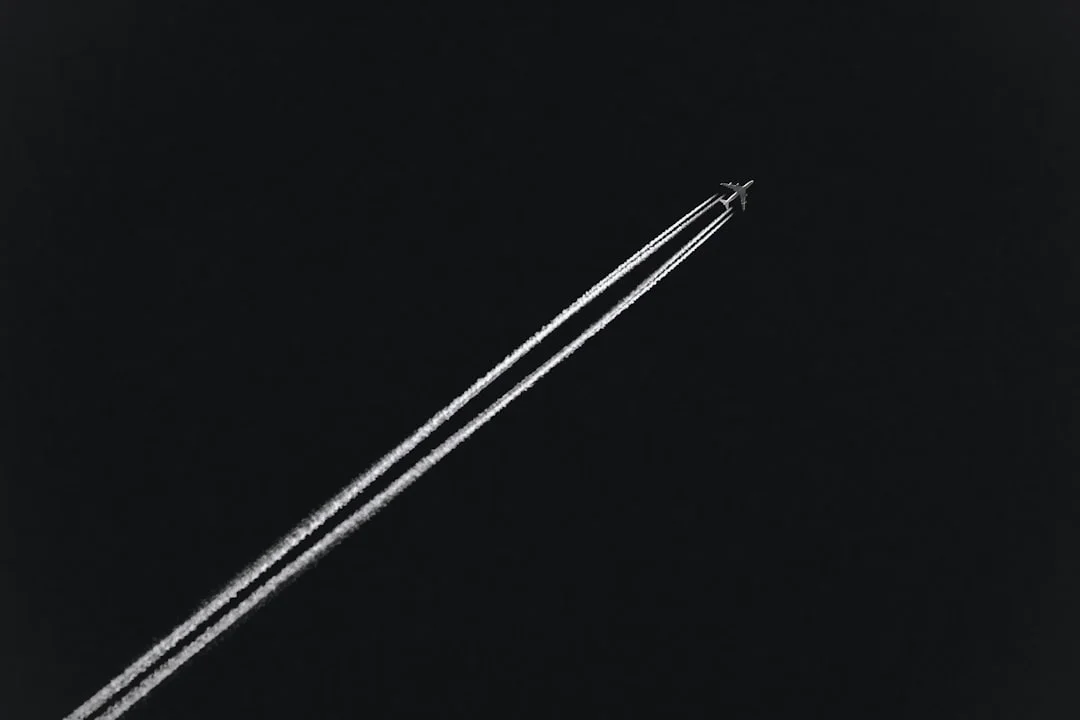The Actuator Control Electronics (ACE) is a critical component of the Boeing 777 aircraft that plays a crucial role in the control and movement of various actuators throughout the airplane. The ACE system is responsible for monitoring and regulating the operation of these actuators, ensuring the safe and efficient performance of the aircraft during flight.
The ACE system is a combination of hardware and software components that work together to control the position, speed, and torque of the actuators. It receives inputs from various sensors and flight control systems, processes the data, and generates appropriate signals to activate the actuators.
Overall, the Actuator Control Electronics is a vital part of the Boeing 777, enabling precise control of the aircraft’s flight surfaces, landing gear, and other mechanical systems.
The Function of Actuator Control Electronics
The main function of the Actuator Control Electronics on the Boeing 777 is to convert control signals from the pilots and autopilot system into commands that actuate the flight surfaces and other aircraft systems. These commands are then translated into specific movements or positions by the actuators, allowing the aircraft to respond to the pilot’s inputs and maintain stability during flight.
The ACE system also incorporates advanced features such as feedback control and redundancy, which enhance the safety and reliability of the aircraft. Feedback control ensures that the actual position or movement of the actuator matches the desired position or movement, providing precise control and minimizing errors. Redundancy, on the other hand, involves the provision of backup systems to ensure continued operation in the event of a failure in the primary ACE components.
Additionally, the Actuator Control Electronics is responsible for monitoring the health and status of the actuators. It continuously checks for any abnormal behavior, malfunctions, or faults in the actuators and provides alerts or takes corrective actions if necessary. This helps prevent any potential hazards or failures that could jeopardize the safety of the aircraft and its occupants.
The Components of Actuator Control Electronics
The Actuator Control Electronics system on the Boeing 777 consists of several key components that work together to ensure the smooth operation of the aircraft. These components include:
- The Actuator Electronic Control Unit (AECU) – This is the main control unit of the ACE system. It receives and processes input signals, generates output commands, and manages the overall operation of the actuators.
- Servo Drives – These devices receive commands from the AECU and convert them into precise electrical signals that control the actuator’s movement.
- Position Feedback Sensors – These sensors provide feedback to the AECU regarding the current position and movement of the actuators. This information helps the system maintain control accuracy.
- Fault Detection and Isolation System (FDIS) – This system is responsible for monitoring the health of the ACE components and detecting any faults or failures. It isolates the faulty component and activates backup systems if necessary to ensure continued operation.
Together, these components form a reliable and sophisticated Actuator Control Electronics system that ensures the safe and efficient operation of the Boeing 777 aircraft.
The Importance of Actuator Control Electronics in Aircraft Safety
The Actuator Control Electronics system plays a crucial role in ensuring the safety of the Boeing 777 aircraft. Without accurate and precise control of the actuators, the aircraft’s flight characteristics and maneuverability would be compromised, potentially leading to unstable flight conditions or loss of control.
By continuously monitoring the status of the actuators and providing redundant systems, the ACE system enhances the reliability of the aircraft and reduces the risk of failures or malfunctions. This is particularly important in critical flight phases such as takeoff and landing, where precise control and quick response are essential for safe operations.
Furthermore, the Actuator Control Electronics system integrates with other aircraft systems, such as the flight control system and autopilot, ensuring seamless coordination and smooth operation. This integration allows for a more efficient and controlled flight experience, reducing pilot workload and enhancing overall flight safety.
Overall, the Actuator Control Electronics is a vital component of the Boeing 777 aircraft, providing precise control and ensuring the safe and reliable operation of the aircraft’s flight surfaces and mechanical systems.
For More: What is RVDT on Boeing 777? (Rotary Variable Differential Transducer)




